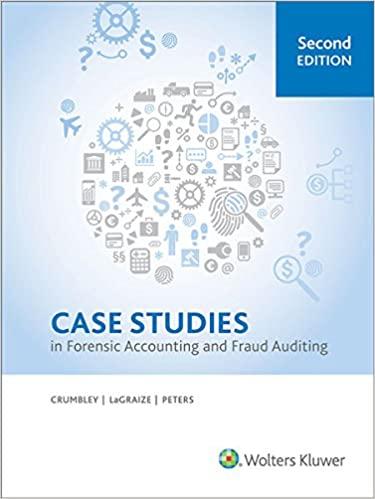
Intel and AMD, the dominant central processing unit manufacturers, decide whether to set their advertising levels low or high. For now, suppose that they play this game once, act simultaneously, and their profits are symmetric. If both choose low levels of advertising, Intel's profit, 1, and AMD's profit, A, are each 2. If both choose high, each earns 3 . If Intel's advertising is high and AMD's is low, I=8 and A=6. If Intel's advertising is low and AMD's is high, l=6 and A=8. Let the probability that a firm chooses low be for Intel and for AMD. If the firms choose their advertising independently, then is the probability that both choose low advertising, (1)(1) is the probability that both choose high advertising, (1) is the probability that Intel chooses low and AMD chooses high, and (1) is the probability that Intel chooses high and AMD chooses low. A. The mixed-strategy Nash equilibrium is for Intel to choose low with probability 0.667 (=0.667) and for AMD to choose low with probability 0.667(=0.667). B. This game has no mixed-strategy Nash equilibria. C. The mixed-strategy Nash equilibrium is for both firms to select the high price (==0). D. The mixed-strategy Nash equilibrium is for both firms to select the low price (==1). E. The mixed-strategy Nash equilibrium is for Intel to choose low with probability 0.333 (=0.333) and for AMD to choose low with probability 0.333(=0.333). Intel's expected profit is 1=$ and AMD's expected profit is A=$. Intel and AMD, the dominant central processing unit manufacturers, decide whether to set their advertising levels low or high. For now, suppose that they play this game once, act simultaneously, and their profits are symmetric. If both choose low levels of advertising, Intel's profit, 1, and AMD's profit, A, are each 2. If both choose high, each earns 3 . If Intel's advertising is high and AMD's is low, I=8 and A=6. If Intel's advertising is low and AMD's is high, l=6 and A=8. Let the probability that a firm chooses low be for Intel and for AMD. If the firms choose their advertising independently, then is the probability that both choose low advertising, (1)(1) is the probability that both choose high advertising, (1) is the probability that Intel chooses low and AMD chooses high, and (1) is the probability that Intel chooses high and AMD chooses low. A. The mixed-strategy Nash equilibrium is for Intel to choose low with probability 0.667 (=0.667) and for AMD to choose low with probability 0.667(=0.667). B. This game has no mixed-strategy Nash equilibria. C. The mixed-strategy Nash equilibrium is for both firms to select the high price (==0). D. The mixed-strategy Nash equilibrium is for both firms to select the low price (==1). E. The mixed-strategy Nash equilibrium is for Intel to choose low with probability 0.333 (=0.333) and for AMD to choose low with probability 0.333(=0.333). Intel's expected profit is 1=$ and AMD's expected profit is A=$







